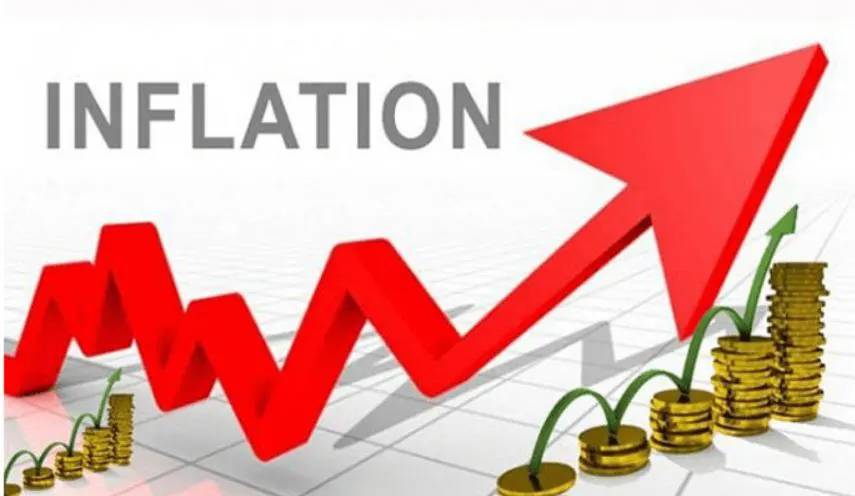Pakistan’s inflation is projected to further swell to 29.5 per cent in the current fiscal year 2023 owing to higher energy and food prices and the weaker rupee, projected the World Bank (WB) in its latest report.
However, the report on the macro poverty outlook for Pakistan indicated that inflation is expected to moderate over the forecast horizon as global inflationary pressures dispersed.
The country’s real GDP growth is expected to “slow sharply to 0.4 per cent” in FY23 reflecting corrective tighter fiscal policy, flood impacts, high inflation, high energy prices and import controls.
With reduced imports, the current account deficit is projected to narrow to 2pc of GDP in the fiscal year 2023 but widen to 2.2pc of GDP in the fiscal year 2025 as import controls ease.
The fiscal deficit is projected to narrow to 6.7pc of GDP in the fiscal year 2023 and further over the medium term as fiscal consolidation takes hold.
The macroeconomic outlook is predicated on the completion of the IMF-EFF programme, sound macroeconomic policy, continued structural reforms and adequate external financing.
The report further says the agricultural output is too expected to contract for the “first time in more than 20 years” owing to last year’s catastrophic floods.
Similarly the industry output is also expected to contract with supply chain disruptions, weakened confidence and higher borrowing costs and fuel prices.
Output growth is expected to gradually recover in the fiscal year 2024 and 2025 but “remain below potential” as low foreign reserves and import controls continue to curtail growth, a private television channel reported Sunday.
According to the WB, poverty in Pakistan will inevitably increase with
pressures from weak labour markets and high inflation.
Further delays in external financing, policy slippages, and political uncertainty poses significant risks to the macro poverty outlook for the country, the global lender warns.
In the absence of higher social spending, the lower middle-income poverty rate is expected to increase to 37.2pc in the fiscal year 2023.
“Given poor households’ dependency on agriculture and small-scale manufacturing and construction activity, they remain vulnerable to economic and climate shocks,” the report added.
The lower activity is expected to spill over to the wholesale and transportation services sectors, weighing on services output growth.The report says Pakistan’s economy is under stress with low foreign reserves and high inflation.—NNI










